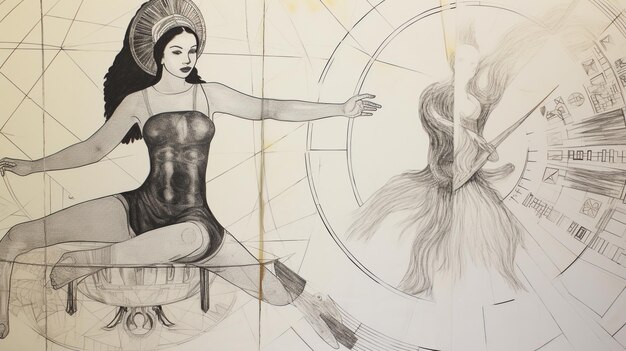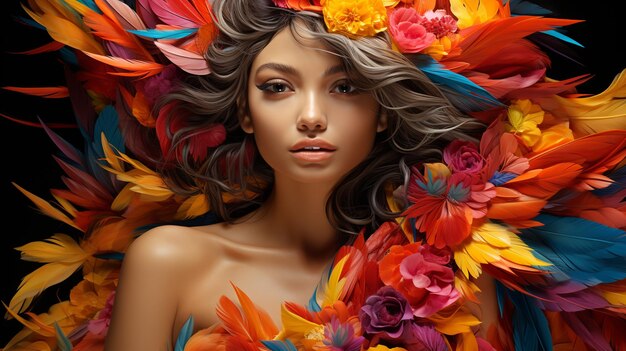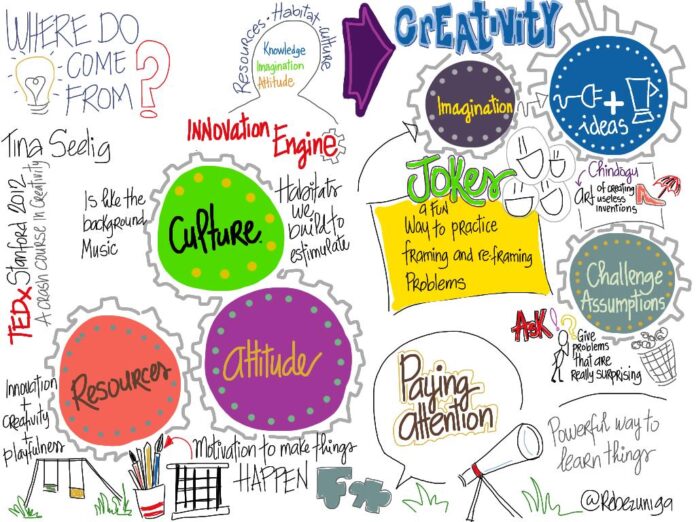"Bilder sagen mehr als Worte" – Unleashing Creativity Through Drawing

Welcome, young artists! Are you ready to explore the magic of drawing? We’re going to embark on a journey where your imagination takes flight and your pencil becomes your paintbrush.
"Bilder sagen mehr als Worte" is a powerful saying, and it’s true! Drawing lets you express yourself in a way that words sometimes can’t. It’s a language of shapes, lines, and colors that speaks to the heart.
Why Should We Draw?
Drawing isn’t just about making pretty pictures. It’s a fantastic way to:
- Boost your creativity: Drawing lets your imagination run wild! You can create anything you can dream up, from fantastical creatures to amazing landscapes.
- Improve your observation skills: Drawing teaches you to look closely at the world around you, noticing details you might have missed before.
- Develop your problem-solving skills: Drawing challenges you to think creatively and find solutions to problems, like how to make a shape look realistic or how to create a certain mood in your artwork.
- Relax and de-stress: Drawing can be a calming and enjoyable activity. It allows you to focus on the present moment and forget about your worries.
- Build confidence: As you improve your drawing skills, you’ll gain confidence in your abilities and be proud of what you create.


Let’s Get Started!
1. Gathering Your Supplies:
- Paper: Use a good quality drawing paper. You can start with a simple sketchbook or even plain printer paper.
- Pencils: Start with a set of pencils with different grades of hardness. A softer pencil (like a 2B or 4B) will make darker lines, while a harder pencil (like an HB or 2H) will make lighter lines.
- Eraser: A good eraser is essential for fixing mistakes and cleaning up your drawings.
- Sharpener: Keep your pencils sharp for clean and precise lines.

2. Basic Shapes and Lines:

- Circles: Practice drawing circles of different sizes. Start by making small circles and gradually increase the size.
- Squares: Draw squares by connecting four straight lines. Experiment with different sizes and angles.
- Triangles: Draw triangles by connecting three straight lines. Try different types of triangles, like equilateral, isosceles, and scalene.
- Lines: Practice drawing straight lines, curved lines, and wavy lines. Try to make your lines smooth and consistent.

3. Drawing from Observation:
- Start Simple: Choose a simple object to draw, like a fruit, a flower, or a toy.
- Break it Down: Look closely at the object and break it down into basic shapes. For example, a flower might be made up of circles, ovals, and petals.
- Focus on the Details: Pay attention to the details of the object, like its texture, color, and shape.
- Practice, Practice, Practice: The more you draw, the better you’ll become at capturing the details of your subjects.
4. Adding Color:
- Colored Pencils: These are a great way to add color to your drawings. They are easy to blend and create smooth transitions.
- Crayons: Crayons are fun and easy to use, especially for younger artists.
- Markers: Markers can be used to create bold and vibrant colors.
- Watercolors: Watercolors are a beautiful and versatile medium, but they can be a bit more challenging to use.
5. Exploring Different Styles:
- Realistic: Try to draw objects as they appear in real life.
- Cartoon: Use exaggerated features and simplified shapes to create fun and playful characters.
- Abstract: Focus on shapes, colors, and textures without trying to represent anything specific.
Frequently Asked Questions:
1. What if I can’t draw?
Everyone can draw! It’s just like learning any other skill. The more you practice, the better you’ll become. Don’t be afraid to make mistakes; they’re part of the learning process.
2. What should I draw?
Draw anything that interests you! It could be your favorite animal, a place you’ve visited, or a scene from your imagination. The most important thing is to have fun and express yourself.
3. How can I improve my drawing skills?
- Practice regularly.
- Draw from observation.
- Study the work of other artists.
- Take drawing classes or workshops.
- Don’t be afraid to experiment.
4. What if I don’t have any artistic talent?
Everyone has artistic talent! It’s just a matter of developing it. Drawing is a great way to unleash your creativity and discover your artistic potential.
5. What are some good resources for learning to draw?
There are many great resources available online and in libraries. Look for books, videos, and websites that teach drawing basics. You can also find drawing communities online where you can share your work and get feedback from other artists.
Remember, drawing is a journey, not a destination. Enjoy the process, be patient with yourself, and never stop exploring your creativity!

